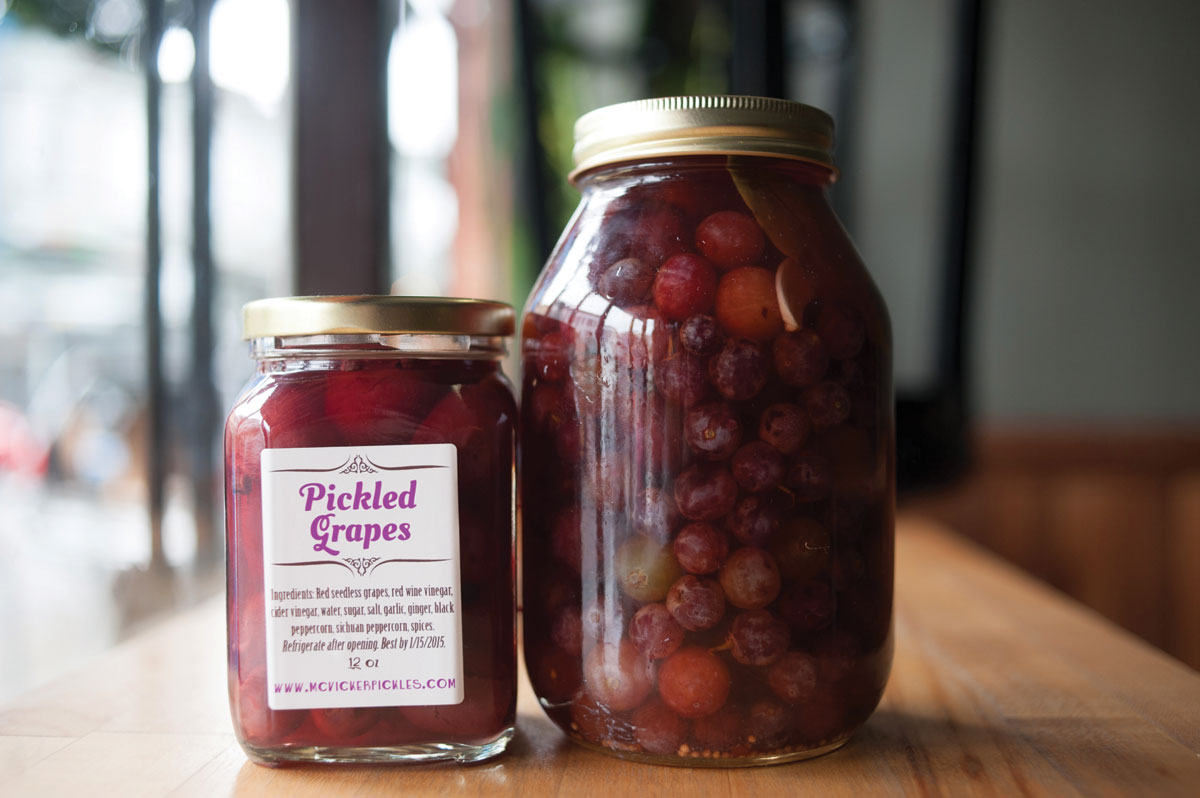When you hear the word pickle, what comes to mind? A salty brined cucumber, slices of mango preserved in oil, or maybe a bowl of pungent kimchi? Pickling is a tradition found in virtually every culture on Earth. Mango pickles from India taste nothing like German sauerkraut, but the underlying process is the same.
Pickling transforms flavor and preserves food by raising the acidity to prohibit the growth of microorganisms that cause spoilage. The acid can be added in two ways:
Fermenting — This involves adding salt and allowing the food to sit for a period of time, while beneficial bacteria transform natural sugars into lactic acid.
Vinegar Pickling — In this process, the acid comes from vinegar. Food is packed in a vinegar-based brine and allowed to sit for anywhere from a few hours to several months to achieve full flavor.
I learned vinegar pickling from my grandmas and my mom as a kid growing up in Kansas. Even though I’ve become increasingly enchanted with fermentation, I still turn to the vinegar method when I want to make several jars of the same thing and store them without refrigeration, whether for holiday gifts or just for stocking for my own pickle pantry.
Vinegar pickling usually gives more consistent results, since it quickly “shocks” the fruit or veggies to preserve them rather than waiting on the creation of new bacteria. And while vinegar pickling doesn’t create probiotics, it does keep most of the nutrients intact. It’s also more suitable for preserving foods without refrigeration — if you seal your pickles using the water bath canning process described in the recipe for Gingery Golden Beets below, you can store them at room temperature for up to a year.
I like these two recipes because they show just how far beyond cucumbers your pickling experiments can take you. The grapes are sharp and a bit spicy; the beets mildly sweet with a ginger-plus-vinegar tang. Both pair deliciously with creamy cheeses. I like to toss them both with some arugula, goat cheese, and a little vinaigrette made from the brine for a pickled salad snack.





